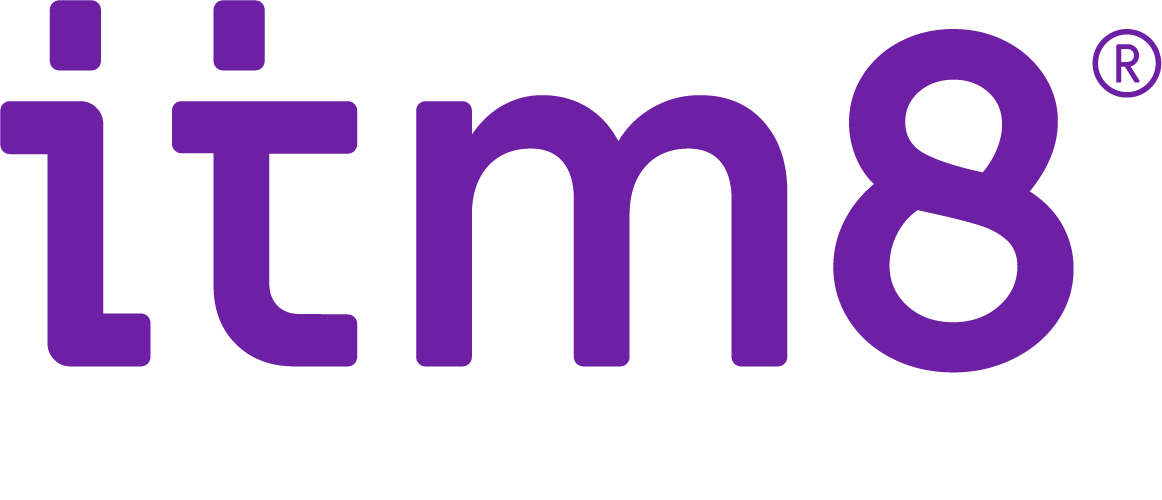Borgarna och vallgravarnas tid är över – IT säkerhet bygger på en stark rustning för informationssäkerhet
lästid I minuter: 2
FXA 2020-feb-04 11:20:00
Allt för många företag tycker att en bra brandvägg, ett uppdaterat virusskydd och ett kodlås på serverrummet är den borg och vallgrav som behövs för att skydda sina medarbetare och skapa god informationssäkerhet. Men vad händer när dina medarbetare ger sig ut på äventyr i molnet? Vem skyddar dem då? Ett sätt att bygga en stark rustning för dina användare och data är genom att implementera Microsoft 365.
Inget företag är idag en fristående borg
Ingemar La Fleur är rådgivare och licensexpert inom Microsofts produkter och tjänster på Itm8. Han träffar många stressade IT-ansvariga som fokuserat på att bygga upp ett starkt skydd för dem som jobbar inne på kontoret. När Ingemar frågar vilka enheter medarbetarna tillåts använda hemma börjar många av dem skruva på sig. För självklart kan de kolla mejlen på telefonen eller logga in med en surfplatta!
- Den överbeskyddande IT-avdelningen finns kvar, som låser istället för att möjliggöra. De glömmer bort att bara för att man sitter bakom ett skrivbord betyder det inte att man jobbar säkert och är skyddad, berättar Ingemar.
Mejlen på telefonen är bara första steget. De flesta är i molnet på ett eller flera sätt, medvetet eller omedvetet. Microsoft Office 365 med OneDrive är i molnet och de flesta använder någon form av molntjänst för att få arbetsdagen att fungera. Det kan vara ett samarbetsverktyg eller planeringsverktyg. Låt oss titta på hur du kan bygga en stark rustning.
Lösenord är inte den starka sköld många tror att den är
Har du satt en lösenordspolicy med gemener och versaler, specialtecken och siffror? Vad hjälper det om en medarbetare laddat ner ett webbläsartillägg som har en keylogger eller om lösenordet skrivs upp i ett Excel-ark?
- Det är idag viktigare med ett långt lösenord än ett komplext. Ännu bättre är tvåfaktorsautentisering. Vi har själva en säkerhetsapp. Jag skriver bara in min mejladress och sedan godkänner jag på mobilen utan att exponera mitt lösenord. Det är smidigt och mycket säkert.
Du måste ta på dig informationssäkerhets-rustningen
Okej, du har investerat i säkra verktyg i Microsoft 365. Det finns naturligtvis olika paket där den största skillnaden är hur mycket som går att automatisera. Men om ingen av dina medarbetare använder de verktyg som finns förblir de overksamma. I de mindre paketen är till exempel klassificeringen av dokument manuell. I de större paketen kan den automatiseras. Ett dokument som innehåller ett kort- eller personnummer blir automatiskt krypterat — får sin egen lilla rustning.
I de större paketen finns det Artificiell Intelligens och Machine Learning för informationssäkerhet som lär sig hur ni arbetar, vilka typer av dokument som öppnas och vem som jobbar med vad.
- Tittar vi bakåt i tiden hade vi antivirus lokalt på våra datorer som vi uppdaterade med listor över kända hot, men vi kunde inte skydda oss mot något okänt. Samma var det med brandväggarna. Det nya med AI är att den kan se risker innan vi identifierat dem. AI kan snabbt söka igenom otroligt stora datamängder för att se mönster och avvikelser.
Säkerhetsriskerna har förändrats dramatiskt sedan vi gick ut i molnet. Det finns en önskan om öppna informationsflöden för att öka produktivitet och samarbete. Samtidigt blir data allt mer affärskritisk och därmed utsatt. Hoten mot informationssäkerheten på nätet blir allt mer komplexa och det blir viktigare att vara försiktig så att inte data läcker ut eller blir kapad av till exempel ransomware.
IT säkerheten och informationssäkerhet är allas ansvar
Ingemar berättar att han ofta stöter på missuppfattningen att köp av en molntjänst friskriver användaren från ansvaret för säkerheten – men så fungerar det inte. Självklart ansvarar molnleverantören för tjänstens tillgänglighet och att verktygen som erbjuds gör det de ska, men att all data som användarna laddar upp i molnet är säker är deras eget ansvar. Det är företagsledningens ansvar att det finns verktyg och rutiner kring IT säkerhet.
- Ett företag kan aldrig lämna bort ansvaret för säkerheten. Varje medarbetare har alltid ett eget ansvar för sitt beteende och den data de jobbar med. Verktyg i Microsoft 365 gör det lättare men alla måste använda dem. Annars gör de ingen nytta, avslutar Ingemar.


